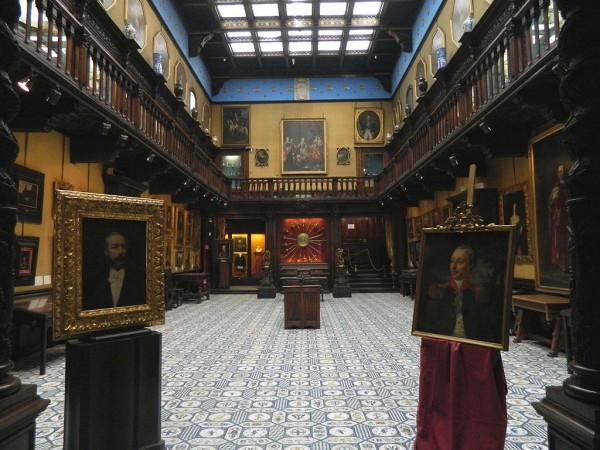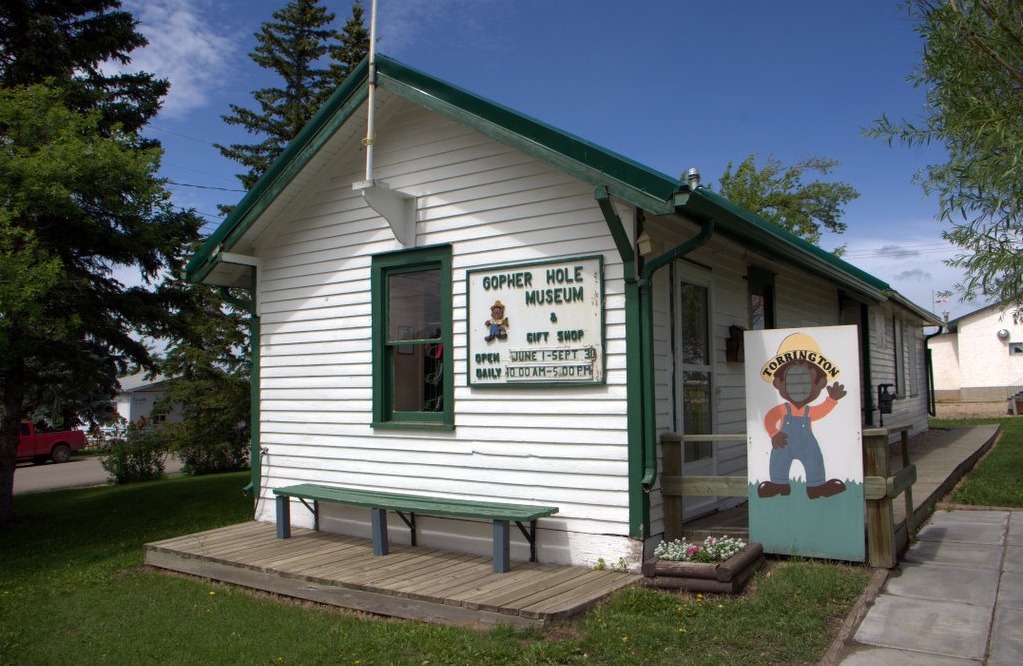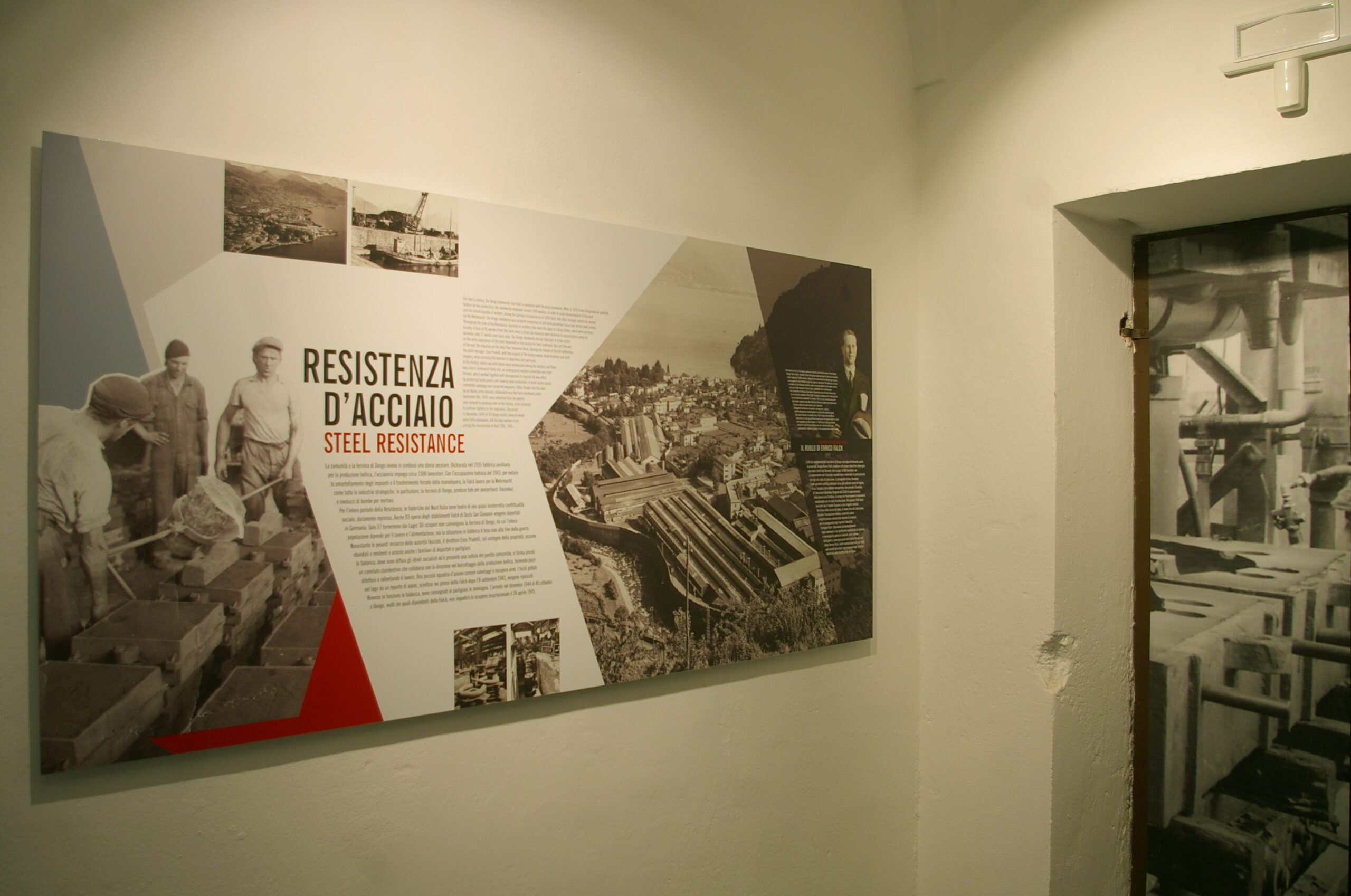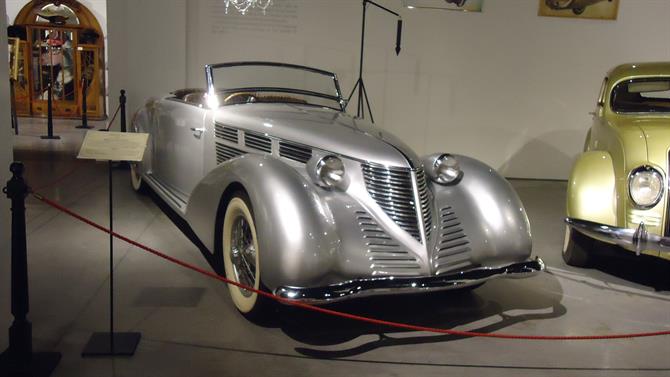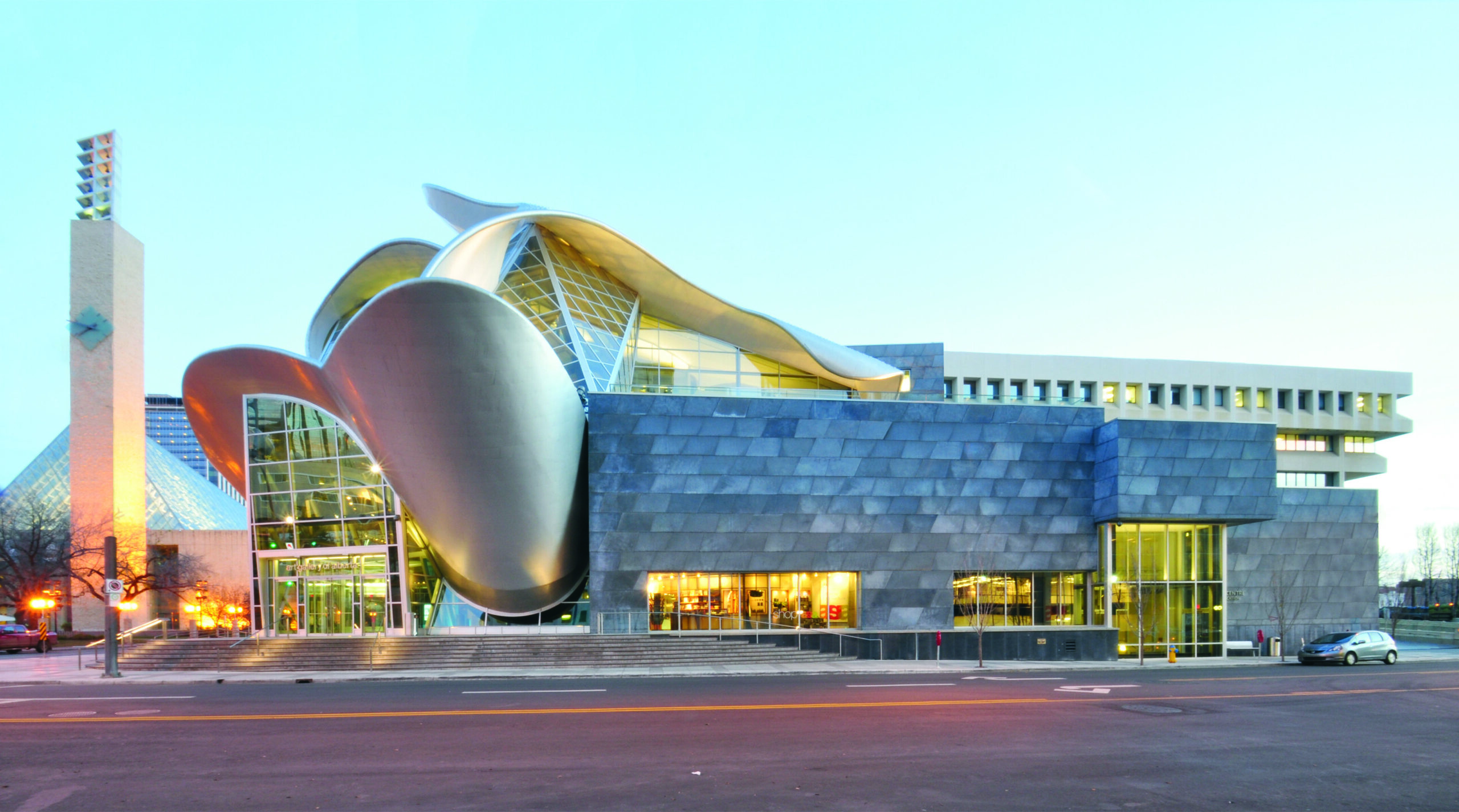The "Gaetani Filangieri" civic museum is housed in the 15th-century Como palace, built between 1464 and 1490 by the wealthy merchant Angelo Como (or Cuomo) in the forms of the Florentine Renaissance to a design, perhaps, by Giuliano da Maiano. In 1881-82 to widen the street it was demolished and rebuilt 20 meters further back.The museum, inaugurated in 1888, was founded by Gaetano Filangieri iuniore (1824-92), prince of Satriano, who gathered there all his various and valuable art and numismatic collections, the library and the Filangieri archives. Unfortunately, some of the collected material was destroyed in the fire set by German troops in the San Paolo di Belsito depot in September 1943. The museum also has a detached section in Villa Livia at Grifeo Park 13, donated by Domenico de Luca Montalto, with collections of paintings, porcelain, and furniture and where the International Center for Numismatic Studies is based. The museum is currently closed to the public.
The Filangieri Museum, created to constitute a "Museum of the City," exhibited, at the time of its inauguration in 1888, the works brought together for that purpose by the prince’s collecting expertise over a twenty-year period, which had been kept in the Filangieri house up to that time.Of this original nucleus, Filangieri drew up a printed catalog, published in 1888, which had the dual function of a patrimonial inventory and a museum guide. It perfectly reflects, through the works catalogued, the idea of the museum as an educational tool, and therefore one of progress for the city.Unfortunately, a large part of the collections (paintings, sculptures, porcelain and miniatures) was destroyed during World War II due to a fire set by the German military in the San Paolo di Belsito depot.Later, thanks to material from the depots and various donations, the collections were reconstructed and the museum was reopened to the public in 1948.
